52 F. high temperature in the Twin Cities Friday.
62 F. average high on April 24.
45 F. high on April 24, 2014.
.34" rain fell yesterday at MSP International Airport.
April 25,1996:
Heavy snow over northern Minnesota. 10 inches of snow at Baudette. The
International Falls airport closed for only the second time in history.

Too Much Warning?
There's
a nagging, dangerous perception that big, Oklahoma-size tornadoes can't
hit the Twin Cities. Although rare, violent, long-track tornadoes are
possible, especially in May.
On May 6, 1965 a swarm of 6 major
tornadoes, 4 of them EF-4 super-twisters, hit the metro area. Fridley
experienced 2 EF-4's, just 85 minutes apart. WCCO-AM saved countless
lives with their coverage, but 13 people died, 683 were injured. These
were the last EF-4's to strike the metro.
Now comes new research
suggesting that longer lead times, 30 or 40 minutes, compared to a
national average of 13 minutes, may lead to poor, even reckless
decisions; people try to drive away from the approaching instead of
sheltering in place, which greatly increases the risk. You don't want to
be sitting in a car or truck when a tornado crosses the interstate. Bad
idea.
Live TV video of an approaching tornado gets people moving
MUCH faster than hearing a tornado warning. Seeing is believing. And
motorcycle helmets may offer the best protection from head and neck
injuries. Details on my blog below.
Nothing violent in sight, just
a gray Saturday with a warming trend later this week. 60s return
tomorrow; 70s by next weekend as a ridge of warm high pressure stretches
north across the Plains. I could see 80 degrees in about a week.
A growl of thunder is possible Tuesday, again Friday but nothing severe is brewing just yet. Give it a couple of weeks.

May 6, 1965 Super-Outbreak In The Twin Cities.
The local Twin Cities National Weather Service has a link to a page
with more details of the remarkable tornado outbreak of 1965. There
hasn't been anything like it since, which has created a misleading sense
of apathy among some local residents. "Big tornadoes can't hit here -
it's too urban, too built-up". That's simply not the case. A large
tornado has warm, moist inflow from a 20 mile radius. A few parking lots
and high-rise buildings won't slow it down. Here's an excerpt from a
good
NWS summary: "
The
worst tornadoes in Twin Cities history occurred in 1965, with five
tornadoes sweeping across the western and northern portions of the
7-county region, and a sixth tornado just outside the metropolitan area.
Four tornadoes were rated F4, one was an F3, and the other produced F2
damage. Thirteen people were killed and 683 injured. Many more would
have been killed had it not been for the warnings of the U.S. Weather
Bureau, local officials, and the outstanding communications by local
radio and television stations. Many credit the announcers of WCCO-AM
with saving countless lives. It was also the first time in Twin Cities
history that civil defense sirens were used for severe weather..."
Photo credit above: "An areal view of the destruction along Louisa Drive in Mounds View." Picture courtesy of the Minnesota Historical Society, Photograph Collection.
This Week's Chilly, Snowy Relapse.
Mark Seeley has more details on the cold snap earlier in the week.
Flurries brushed the Twin Cities metro; but a plowable amount of
flurries piled up over the Minnesota Arrowhead. Here's an excerpt from
his latest report at
Minnesota WeatherTalk: "
Many
places around the state reported at least a trace of snow on April 21st
(Tuesday) and 22nd (Wednesday), and some places reported measurable
amounts. The following were new daily record snowfalls amounts for
April 21st:
4.0" at Isabella
1.5" at Embarrass, Kabetogama, and Ely
In
addition Orr reported 3.0", Tower 2.0", and International Falls 1.9"
but these were not new record totals for the date. Following the snow,
the low temperature plunged to just 10°F at both Fosston and Embarrass,
the coldest reading in the nation for April 23rd..." (Boundary Waters webcam courtesy of U.S. Forest Service).
 Spring Regains Its Bounce
Spring Regains Its Bounce.
After a brief temperature relapse earlier this week, complete with
obligatory snowflakes, milder air returns to Minnesota next week with
highs in the 60s. European guidance suggests 70s, even 80s by next
weekend. The best chance of a few showers and T-showers: Tuesday, again
Friday of next week. Source: Weatherspark.
How Warm Weather Influences our Mood.
Yes, warm fronts can be good for your state of mind; breaking news from
the University of Duh. There's even science to back up (the obvious!)
Here's an excerpt of a good summary at
Huffington Post: "...
The
gold standard on this subject is a 2004 University of Michigan study
that found people who spent at least 30 minutes outside in pleasant
weather -- either by taking a trip to warmer climates in the winter
months or by taking advantage of a newly warm spring day in the park -- had happier moods. And in corroborating research, a 2014 UM study found that being outside could lead to a better mindset and reduced stress..."
How Alabama Made Tornado Helmets a Standard for Protection.
My first choice is a form-fitted concrete-reinforced, form-fitted body
cast that's bolted to the floor. My second choice would be a helmet, for
a variety of good reasons.
AL.com is doing some terrific reporting on what is considered state of the art; here's an excerpt: "...
Earlier, AL.com,
using the analysis of the UAB Injury Control Research Center that the
best helmets for protection would be those that offer head, neck and
face protection, listed the top helmets for protection:
1)
An American Motorcycle Association-approved helmet with a full face
shield providing head and neck protection is the top helmet and is
easily accessible. But a good motorcycle helmet can cost many hundreds
of dollars.
2) Football helmet. A football helmet is
designed to protect the head and face, including the sides of the head.
It should be one approved for full contact. A good football helmet can
cost more than $200..."
Photo credit above: "
Motorcycle
helmets with face guards offer best protection like this one. Mike
Culberson credits this helmet with preventing injury, if not saving his
life, when his home roof collapsed during tornado in Fultondale, Ala.,
on April 27, 2011." (Special/Michael Culberson).
Special Report: Are Tornado Sirens Outdated Technology? The short answer is yes. Here's a snippet from a story at
wsaw.com: "...
And
the Langlade County Emergency Manager, Brad Henricks agrees. Because he
said tornado sirens are not as reliable as you may think. “To mention
if you can even hear it at 2 a.m. in the morning when severe weather
approaches. Second problem, the sirens don't tell you exactly what the
threat is, there are better ways to get informed,” said Henricks. He
said a new technology called a “Wireless Alert System” on your cell
phone could be even more effective. That system sends important messages
through your cell phone. It's geographic specific. So if you are from
Las Vegas visiting Wisconsin and if the activity is in range of your
phone, you'll get a text message..."
What If April 9th Tornado Had Taken A Different Path?
Large cities have been particularly lucky when it comes to direct
strikes from major tornadoes. So argues the author of this good post at
Northern Illinois University Newsroom: "...
And
had it been closer to Chicago, the number of homes and people affected
would have been immense. People have a false sense that tornadoes only
happen in rural settings, but nothing could be further from truth,” he
added. As evidence, he points to Minneapolis, Atlanta, Springfield,
Mass., Huntsville, Ala. and Raleigh, N.C. Just within the last decade,
tornadoes have struck downtown areas in those cities. In Illinois, the 1967 Oak Lawn tornado and the 1990 Plainfield tornado are reminders that the Chicago metropolitan region is not immune to tornado threats..."
Photo courtesy NIU meteorology professor Walker Ashley.
Radar Upgrade Has "Changed The Way We Do Business" At Weather Service.
Al.com
has an interesting article focusing on the advantages of
dual-polarization Doppler radar, and for the first time, the ability to
see debris lofted into the air by large tornadoes. Here's an excerpt:
"...
Dual-pol radar can help meteorologists better identify when a
tornado has touched down. It's even more useful at night, when storm
spotting becomes next to impossible. "It can tell us when a tornado is
on the ground and that debris is being cast high into the air," said
Jeffrey Medlin, the meteorologist in charge at the National Weather
Service office in Mobile. "We have several different data sets we can
look at within the dual pol and see that..."
Image credit above: "
Dual-polarization
radar enables meteorologists to see when a tornado is on the ground and
debris is being thrown into the air. It's working much better than many
anticipated." (National Weather Service).
U.S. Maps Pinpoint Earthquakes Linked To Quest for Oil and Gas. The New York Times reports; here's the intro: "
The United States Geological Survey on Thursday released its first comprehensive assessment of the link between thousands of earthquakes and oil
and gas operations, identifying and mapping 17 regions where quakes
have occurred. The report was the agency’s broadest statement yet on a
danger that has grown along with the nation’s energy production. By far
the hardest-hit state, the report said, is Oklahoma, where earthquakes are hundreds of times more common
than they were until a few years ago because of the disposal of
wastewater left over from extracting fuels and from drilling wells by
injecting water into the earth..."
Map credit above: "
The
maps below show where there has been seismic activity, caused mostly by
oil and gas operations. Northern Oklahoma and southern Kansas have been
especially hard hit, with an exponential growth in the number of
human-caused earthquakes." Source: U.S. Geological Survey.
Artificial Photosynthesis Breakthrough Turns CO2 Emissions Into Plastics and Biofuels. Ultimately innovation, not regulation, will take the edge of climate volatility. Here's another shining example, courtesy of
Gizmag: "
Scientists
at the Lawrence Berkeley National Laboratory and the University of
California, Berkeley have created a hybrid system of bacteria and
semiconducting nanowires that mimics photosynthesis. According to the
researchers, their versatile, high-yield system can take water, sunlight
and carbon dioxide and turn them into the building blocks of
biodegradable plastics, pharmaceutical drugs and even biofuel..." (File image credit: NASA).
What You Need To Know Before Investing In Solar Stocks.
The Motley Fool has some advice; here's an excerpt: "
There
may not be an industry with greater potential for growth today than the
solar industry. It's a $120 billion industry today that's upending an
electricity industry that will be worth $4 trillion annually by 2035 --
and it could go on to upend transportation fuel as well. That's
incredible growth potential for a solar industry that has already grown 30% compounded annually over the last 20 years...."
Photo credit above: "
Entire communities are going solar, changing the energy landscape." Source: SolarCity.
Scientists Find Missing Link in Yellowstone Plumbing: This Giant Volcano Is Very Much Alive.
To paraphrase George Carlin, don't sweat the thundershowers. And forget
warming, if this baby goes of we're talking nuclear winter for an
extended stretch. Pray we don't start issuing updates on Yellowstone
anytime soon. Here's a clip from
The Washington Post: "
Yellowstone
National Park is the home of one of the world's largest volcanoes, one
that is quiescent for the moment but is capable of erupting with
catastrophic violence at a scale never before witnessed by human beings.
In a big eruption, Yellowstone would eject 1,000 times as much material
as the 1980 Mount St. Helens eruption. This would be a disaster felt on
a global scale, which is why scientists are looking at this thing
closely..."
Photo credit above: "
The
gorgeous colors of Yellowstone’s Grand Prismatic hot spring are among
the national park’s myriad hydrothermal features created by the
Yellowstone supervolcano. A new University of Utah study reports
discovery of a huge magma reservoir beneath Yellowstone’s previously
known magma chamber." (“Windows into the Earth,” Robert B. Smith and Lee J. Siegel).
The Army Is Testing Handheld Ray Guns.
What was once science fiction is now scientific reality. Pretty
amazing, and this new breakthrough makes your Taser look like a toy.
Here's an excerpt from
DefenseOne: "...
The
military, too, has been experimenting with so-called energy weapons for
decades, including lasers. “Most of these are vehicle-towed and require
a huge power system,” Burke noted. “The antennas are sometimes seven
feet.” The Burke Pulser, meanwhile, fits onto an M4 rifle like a
standard suppressor. Burke estimates that the cost to mass-produce them
would be less than $1,000 each. What do you do with an energy gun? You
don’t shoot people. The gun is intended for use against electronics,
potentially giving dismounted soldiers an edge against the ever-wider
range electronic and cyber threats that they might face on patrol..."
Photo credit above:
U.S. Army photo by Army Staff Sgt. Scott Griffin
Mission Possible.
Can a 64-year-old guy with heart disease, emphysema (COPD), and missing
half a lung, succeed at twelve of the most iconic climbs in America? "
Phil
Huston climbed mountains, rock cliffs and ice walls in 5 countries. He
climbed Mount Rainier 12 times; the last ascent just 3 months after
losing half of his lung to cancer. “The Climb for Clear Lungs Adventure”
proves that even the worst health crises can be overcome. Let’s show
how strong older athletes really are! 35 days. 12 climbs. 7
destinations. 18,000 vertical feet. Goal: Promoting screening for
millions with undiagnosed lung diseases."
Clear Lungs Adventure: Sunday, 4/26 at 3:30, Room 104 Hanson Hall, University of MN, West Bank.
*
If you've smoked at least 100 cigarettes over the course of your life
you are at increased risk of COPD. Phil is a dear friend of mine (we
worked together at WLOL-FM). He isn't letting COPD slow him down, but
his mission is to raise awareness among the general population. Many
people have COPD and they don't even realize it yet. Take the
screening test from the COPD Foundation; it takes a minute or two.
China Says Please Stop Hiring Funeral Strippers.
My new favorite headline of the week, and potential proof that we may
be, in fact, living in the End Times. Here's an excerpt from
The Wall Street Journal: "
In
China, friends and family of the deceased may have to do without a
special form of funereal entertainment: strippers. According to a
statement from the Ministry of Culture on Thursday, the government plans
to work closely with the police to eliminate such performances, which
are held with the goal of drawing more mourners..."
 TODAY
TODAY: Mostly cloudy, breezy and cool. Winds: E 10-20. High: 55
SATURDAY NIGHT: Clouds linger. Low: 39
SUNDAY: Partly sunny, a nicer day. High: near 60
MONDAY: Intervals of sun, lukewarm breeze. Wake-up: 42. High: 66
TUESDAY: Unsettled, passing T-shower. Wake-up: 48. High: 63
WEDNESDAY: Mix of clouds and sunshine. Wake-up: 50. High: 62
THURSDAY: Some sun, almost feels like spring. Wake-up: 48. High: 68
FRIDAY: Humid, risk of a few T-storms. Wake-up: 52. High: 69
* 70s are possible next weekend, even a shot at 80F. on Sunday, May 3.
Climate Stories...
Warming Hiatus Will Not Stop Long-Term Global Climate Change. Factoring additional heat going into the oceans there hasn't been a true hiatus in warming; here's a clip from
Sydney Morning Herald: "
A
recent hiatus in global temperature rises will not temper the ultimate
impact of climate change by the end of the century, research by
Australian climate scientists has found. In a study published in the
journal Nature Climate Change on Thursday, the researchers compared
different climate models – complex computer simulations used by
scientists to project the impact of rising atmospheric concentrations of
greenhouse gas – that showed a decade-long hiatus in surface
temperature rises since 1995 to those that did not..."
Thawing Permafrost: A Slow, Giant Carbon Release.
InsideClimate News takes a look at what may wind up being the biggest climate tipping point: "...
Kevin
Schaefer, a permafrost scientist with the National Snow and Ice Data
Center at the University of Colorado in Boulder and an author of the
article, calls the thawing of the permafrost a "true climatic tipping
point." Scientists are still trying to pinpoint when it will happen, but
Schaefer said that a likely point is around the middle of this century,
when the Arctic changes from a carbon sink to a carbon source. When
that happens, it will trigger a centuries-long, unstoppable feedback
system, in which warming will release carbon, which will trigger more
warming, which will release more carbon..."
Bob Inglis: Show Courage on Climate Change.
Yes, finding ways to grow the economy and put more people to work,
tapping more energy without relying on fossil fuels is America's Energy
Moonshot for the 21st century. Here's an excerpt of an Op-Ed from former
South Carolina (Republican) Congressman Bob Inglis at
GreenvilleOnline: "
America
has an exceptional opportunity to prove that accountable free
enterprise can solve climate change. The Great Recession dealt a blow to
our confidence, but we’re coming back. If we boldly end all subsidies
for all fuels and attach all costs to all fuels, liberty and transparent
markets will spark consumer-driven innovation. In order for America to
lead on climate change, the unconvinced need to be persuaded that
achievable solutions can be found that fit with their values. Climate
doomsayers have incanted a future full of fear. Climate naysayers have
counseled a clutch of the fuels that have worked for us in the past..." (File photo above: Richard Shiro, AP).
Will Drought And Climate Change Kill the Winter Olympics? Vice Sports
has a fascinating story about shifting patterns and which cities have
the consistently cold winter weather and moisture to be able to support
an Olympic bid; here's an excerpt: "...
Even beyond 2022, the Winter
Olympics appears to be in peril. As temperatures continue to rise as a
result of climate change, the minimum temperature benchmark of 32F will
be harder to meet. The table (above) lists the current daily minimum and
maximum temperatures in February at all the previous host cities'
alpine venues since Nagano, Japan, in 1998..."
Exclusive: Obama Tells Us What's To Come on Climate, Drought. National Geographic has the article; here's an excerpt that caught my eye: "...
The
president is more opaque, however, when asked directly about whether
Americans should expect to sacrifice everyday activities that consume
fossil fuels and water. Instead, he points to how far the country has
come in recent decades, and to how much progress is under way. “In just
40 years, we’ve cut air pollution by nearly 70 percent while the economy
has tripled,” he says. “By the middle of the next decade, our cars will
go twice as far on a gallon of gas.” He adds that reducing
climate-altering gases “represents one of the greatest economic
opportunities of the 21st century...”
What Do Volcanic Eruptions Mean For The Climate? Carbon Brief does a good job summarizing the potential impact of the new volcano roaring to life in Chile; here's an excerpt: "...
Volcanic eruptions can affect climate in two main ways.
First, they release the greenhouse gas carbon dioxide, contributing to
warming of the atmosphere. But the effect is very small. Emissions from
volcanoes since 1750 are thought to be at
least 100 times smaller than those from fossil fuel burning. Second,
sulphur dioxide contained in the ash cloud can produce a cooling effect,
explains Prof Jim McQuaid, professor of atmospheric composition at the University of Leeds..."
Photo credit above:
Calbuco volcano eruption. Credit: Philip Oyarzo Calisto
Changes in Water Vapor and Clouds are Amplifying Global Warming. The Guardian has the story - here's a snippet: "...
If
the cooling effect gets smaller, it means the Earth will warm more than
expected. If the cooling effect of clouds gets bigger, it means the
Earth will warm less than expected.
What the present paper shows is
that future changes to clouds will cause slightly more warming.
Scientists describe clouds as a “positive feedback” on global warming.
This finding is consistent with the work of Dr. Andrew Dessler. He had published work here and here showing changes in clouds are making the Earth warm more than otherwise expected..."
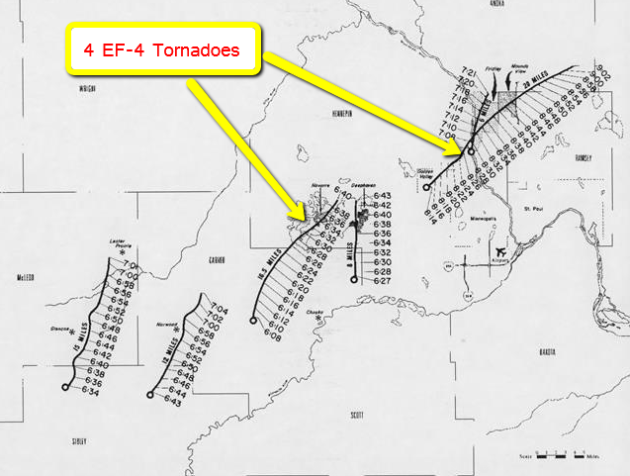
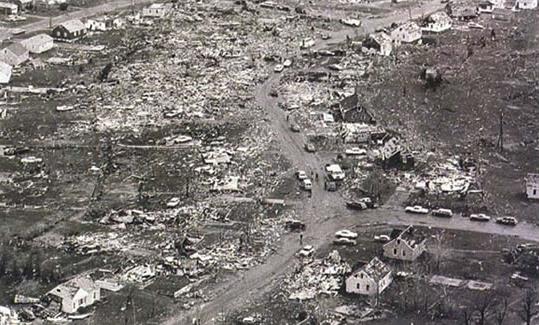
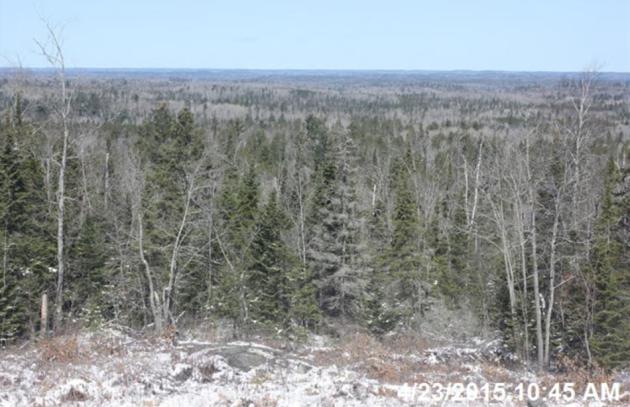



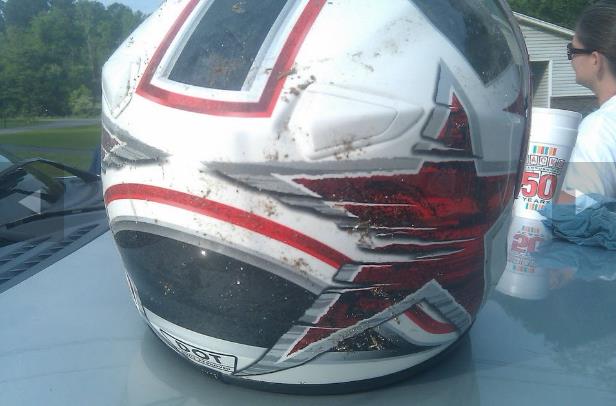

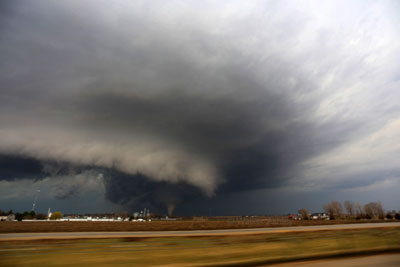
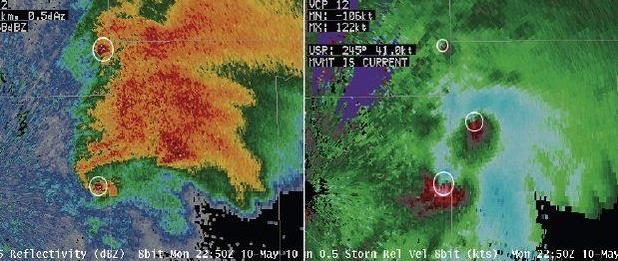


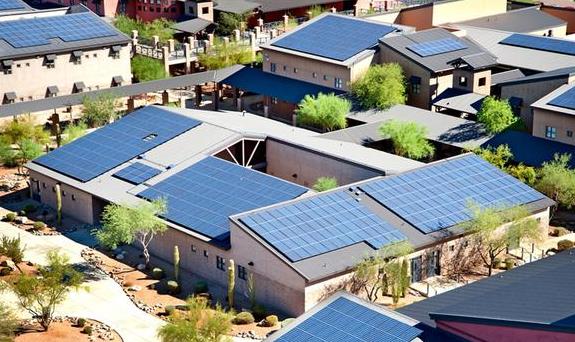
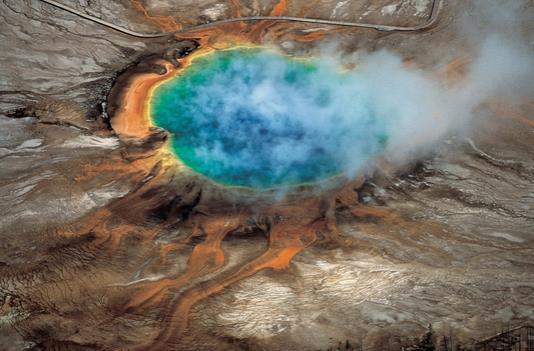
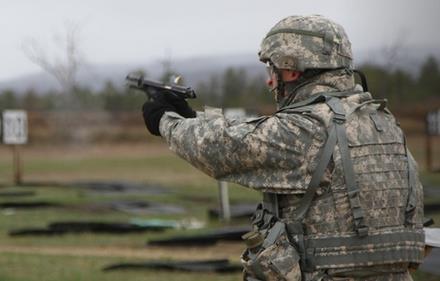


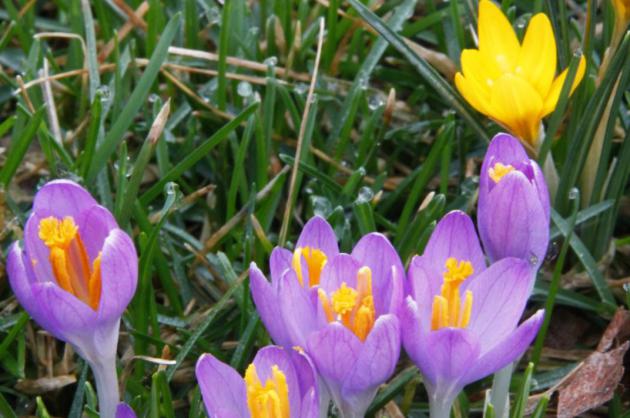
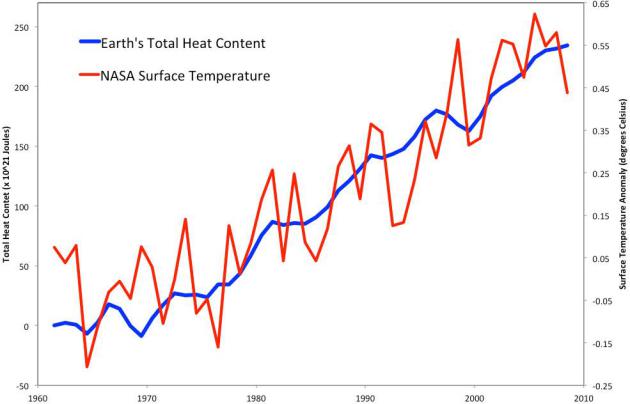

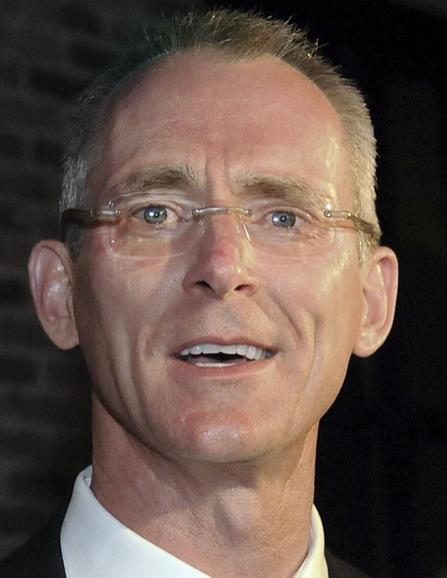


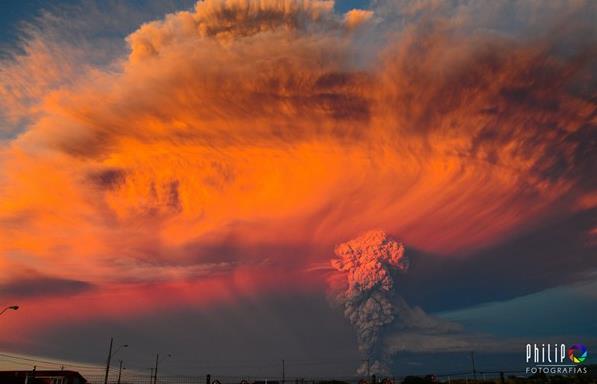

No comments:
Post a Comment